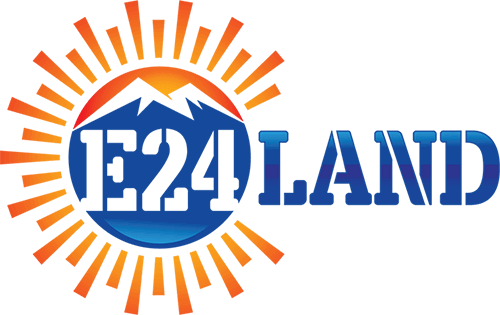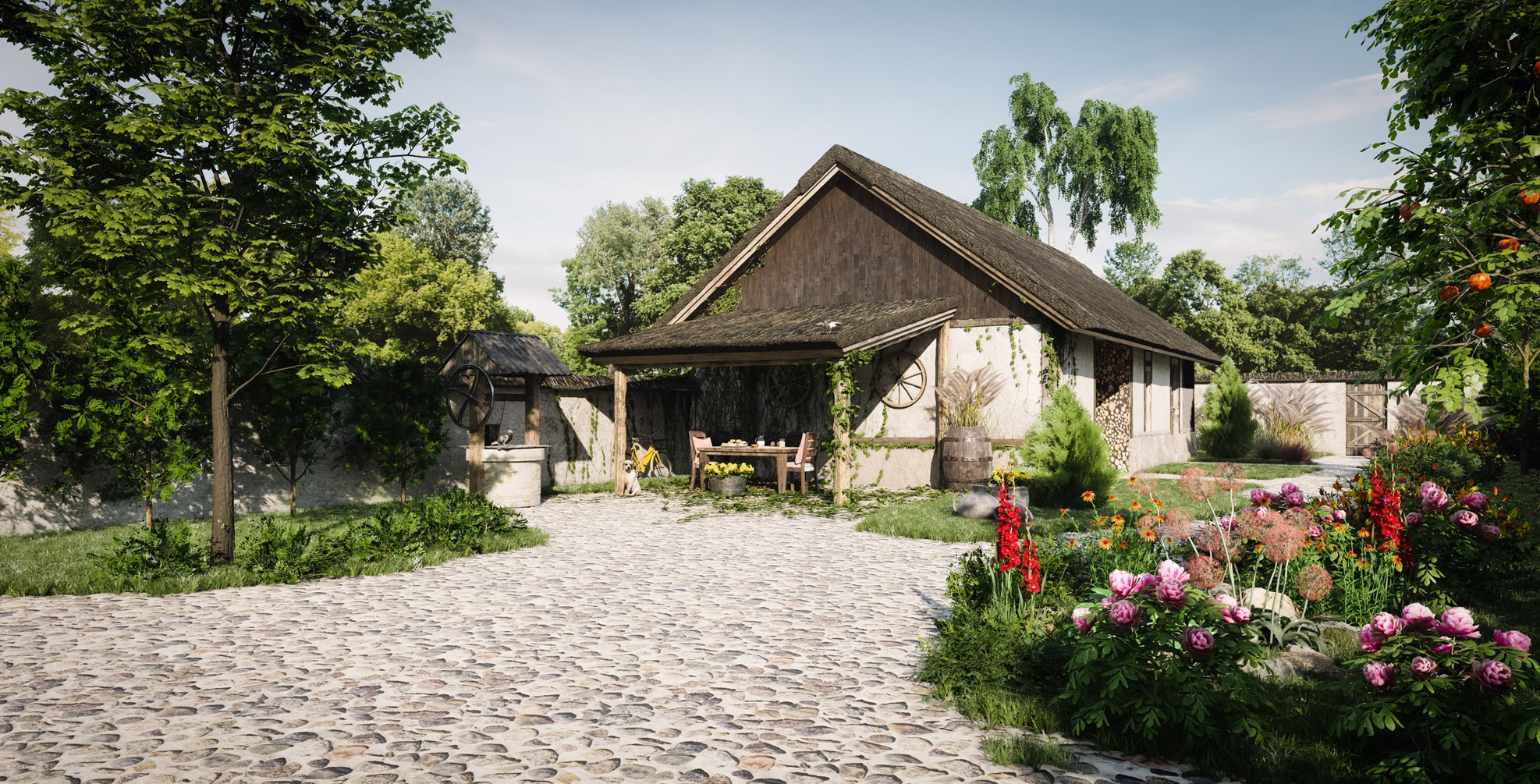Key Differences Between Homesteading and Off-Grid Living
Have you thought about living off the grid to get away from the hustle and bustle of busy, everyday life? With technology overpowering our lives, it is no wonder that people are choosing to forego their normal lives to become self-sufficient. There are two common ways to do this – homesteading and off-grid living. But what are the differences between the two?
The main difference between living off-grid and homesteading is the use of utilities. While the primary goal of both is self-sufficiency, there are distinct differences. Living off-grid means that you live without using city water, sewage, or electricity and are entirely independent. Homesteading is living dependent on these utilities.
Let’s explore everything you need to know about homesteading and off-grid living!
Off-Grid Living VS Homesteading
Homesteading is living on acreage away from civilization in a self-sustainable living environment. It is different from farming because you don’t profit from your livestock and crops. Some homestead families will use it to make a small living, but their goal is to sustain themselves and focus their energy on producing less waste and consumption.
Homesteading is a simple way of living for property owners, but they are not entirely off-grid. They don’t rely on society for food or technology, but they require water, waste, and electricity.
Living off-grid is about living separately from society and being entirely self-sufficient without relying on society to meet their needs. Being off-grid means you don’t need water, waste, or natural gas to survive, and your objective is to live off the land autonomously.
Living Homestead
Families that live homestead have their own property and buildings where they work and live together to be less dependent on society. Most think that living homestead means that a family owns a large property with lots of vegetable gardens, but more recently, a more modern homestead form has occurred. These include:
Urban Homestead
Urban homesteads are an increasing trend amongst homeowners. They are residential homes located in the suburbs or city. The property is used to live their sustainable and self-sufficient lifestyle. Families will raise small livestock such as chickens, goats, and rabbits while growing their food in the garden. They live simpler lives and recycle what they can.
Traditional Homestead
The traditional homestead way of life is often compared to off-grid living because of their similarities. Families practicing the traditional homestead way of living have many acres of land to work with and are far from society. They raise livestock, such as chickens, goats, pigs, rabbits, and sometimes cows. They have various food storage solutions, such as freezing and canning food.
Apartment Homestead
Believe it or not, it is possible for you to still live a homestead lifestyle in an apartment. You can grow herbs and vegetables in germination trays or pots on your balcony. Some apartment homestead families will trade with farmers to maintain this self-sufficient lifestyle. In addition, you can recycle, reuse items in the home such as plastic containers for growing, and make your own cleaning supplies.
Living Off-Grid
Since you are living off-grid, you will not have access to utilities, and your full-time job is working the land to sustain your way of life. Living off-grid means you will live without the following:
- Living off-grid means you won’t rely on a power grid, and your source of electricity will come from that which you generated yourself, such as wind, solar, or water energy.
- You also won’t live off city water but on wells and other natural water sources.
- You won’t rely on sewer services but use a septic tank, outhouses, or an off-grid composting toilet.
- Living off-grid, you won’t have access to natural gas.
Living off-grid is about providing shelter, food, and all others to provide a sustainable life for your family. There are, however, various types of off-grid homesteads. These include:
Half-on/Half-off
You live half on the grid and half off with a half-on/half-off homestead. This way is an excellent option for families who don’t want to be completely cut off from society or those who don’t want to “rough it” all the way. For example, some may choose to use municipal power for cooking and lighting for half the day and night.
Half-on/half-off homesteaders will still grow their food, make their own cleaning products, and raise livestock, minimizing their dependency on the grid.
Roughing It
“Roughing it” refers to living completely off-grid and disconnected from all public utility services. You would need to build the following:
- Shelter/home
- An outhouse
- A well for freshwater
- A garden
- Solar panels or generators for cooking or freezing needs
Modern Off-Grid
Considered the most popular but expensive option for an off-grid homestead, you have access to all the conveniences of modern-day living and utilize technology to maintain your off-grid lifestyle. Here’s how to do it:
- Add solar panels to your roof for your electricity needs.
- Dig a well and use an electric well pump to make life simpler.
- Have a bathroom that doesn’t use the sewage system but a septic tank.
- Produce your food.
- Raise livestock such as chickens, rabbits, pigs, and goats.
- Make cleaning products.
- Reuse what you can and recycle.
Final Thoughts
The main difference between homestead living and off-grid is how dependent you are on public utilities. Your main goal is to live a self-sufficient lifestyle and increase your dependency. Going off-grid is difficult, especially if you’re have always lived dependent on society and all it has to offer. But you can start small. Adopt a homestead lifestyle and transition to off-grid as you grow accustomed to the lifestyle.
How to start?
- Choose what kind of homestead or off-grid lifestyle interests you.
- Do ample research on building shelter, growing food, and raising livestock.
- If you need energy or water, determine how to get it.
- Learn the required skills such as fishing, hunting, setting traps to catch animals, growing food, and making or building things.
- Learn first aid, carpentry, and basic mechanics.
Homestead and off-grid living are highly rewarding, and you will be surprised at the peaceful life you create.
We have properties that give you the option for both! Check them out HERE!


